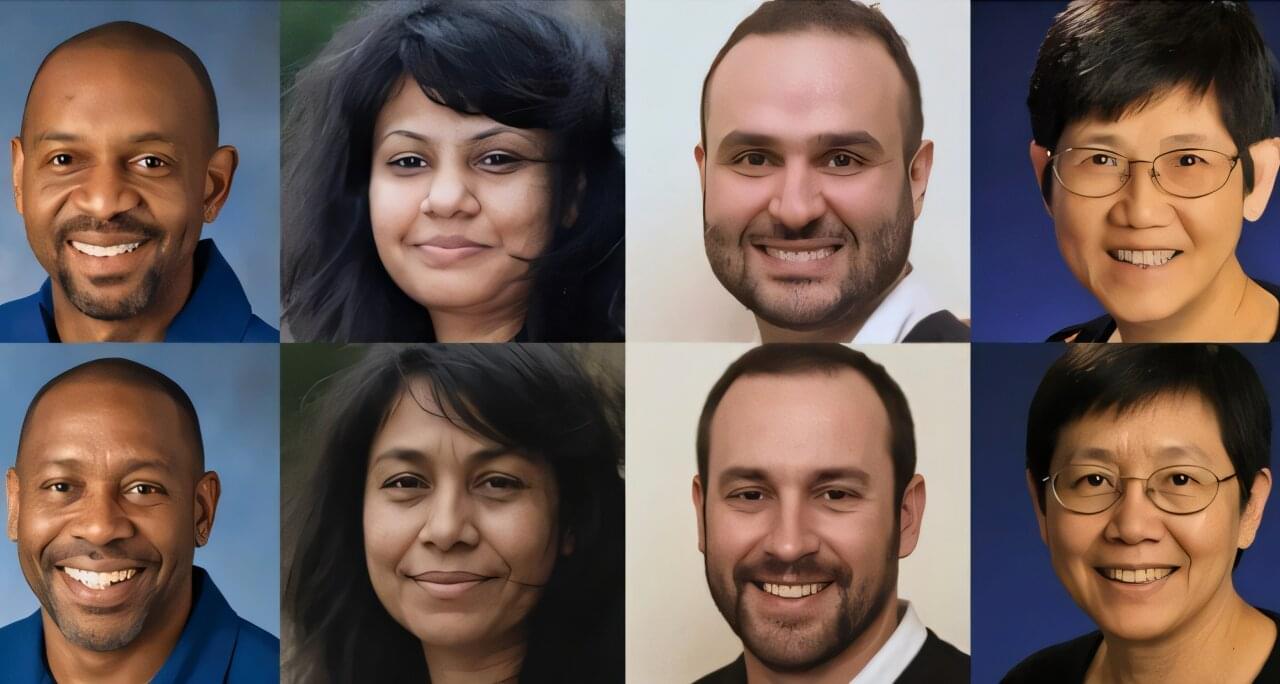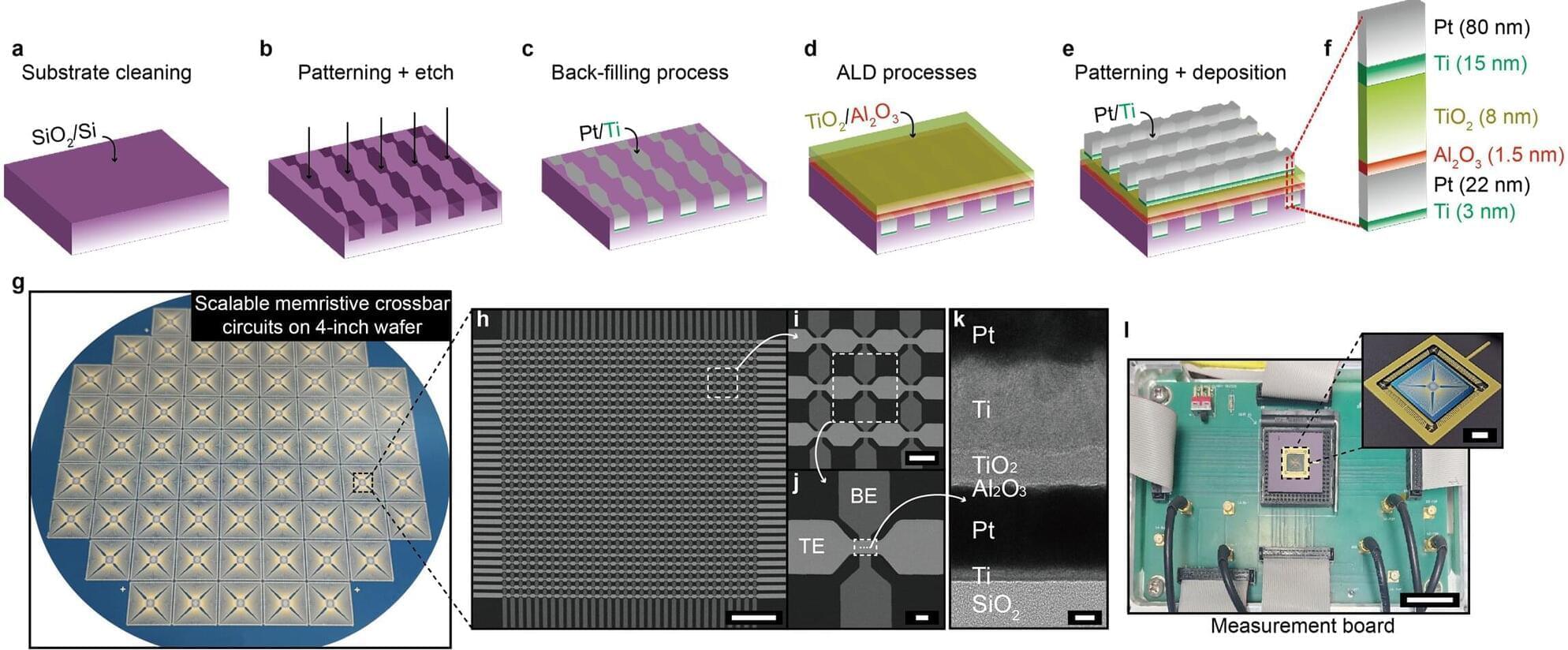Researchers from Nobel Laureate David Baker’s lab and the University of Washington’s Institute for Protein Design (IPD) have used artificial intelligence to design antibodies from scratch — notching another game-changing breakthrough for the scientists and their field of research.
“It was really a grand challenge — a pipe dream,” said Andrew Borst, head of electron microscopy R&D at IPD. Now that they’ve hit the milestone of engineering antibodies that successfully bind to their targets, the research “can go on and it can grow to heights that you can’t imagine right now.”
Borst and his colleagues are publishing their work in the peer-reviewed journal Nature. The development could supercharge the $200 billion antibody drug industry.








